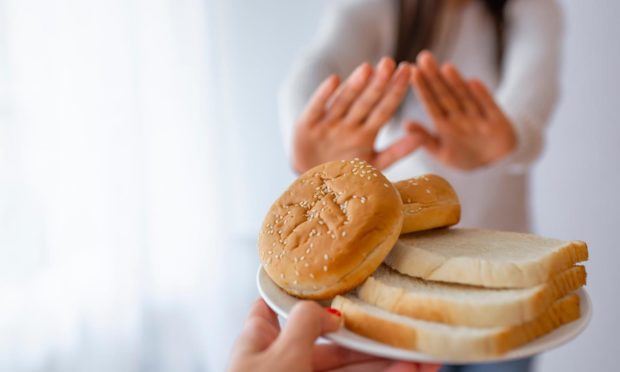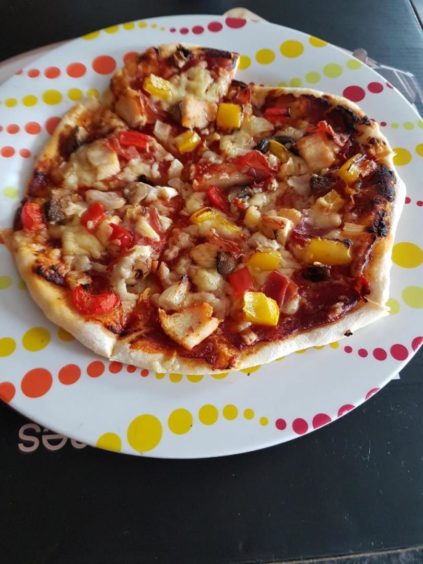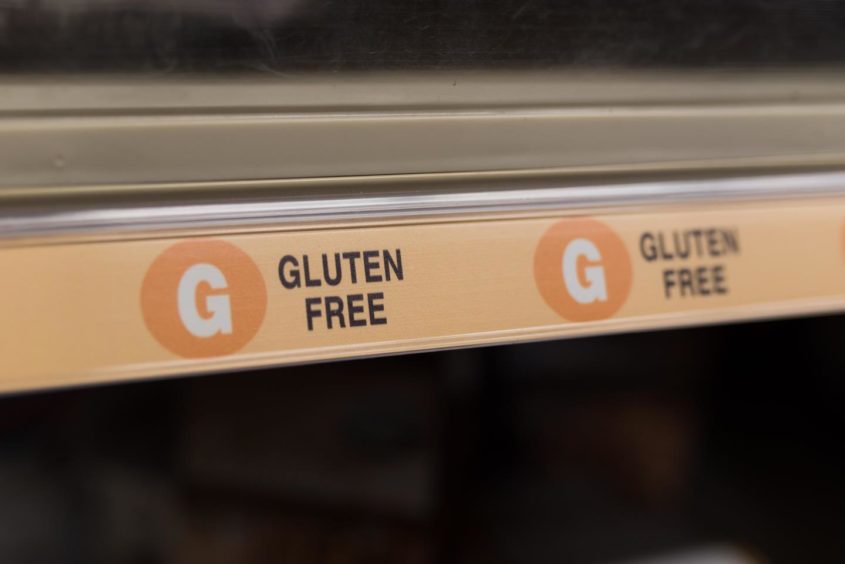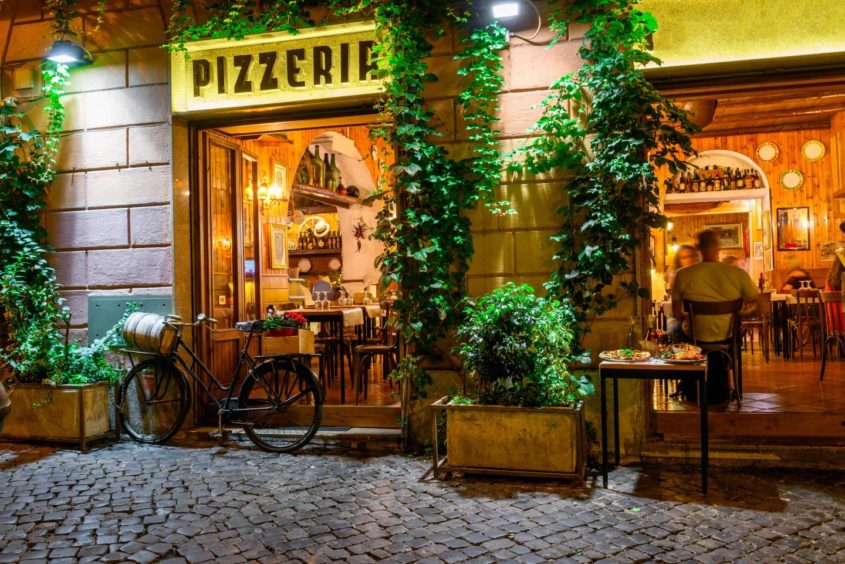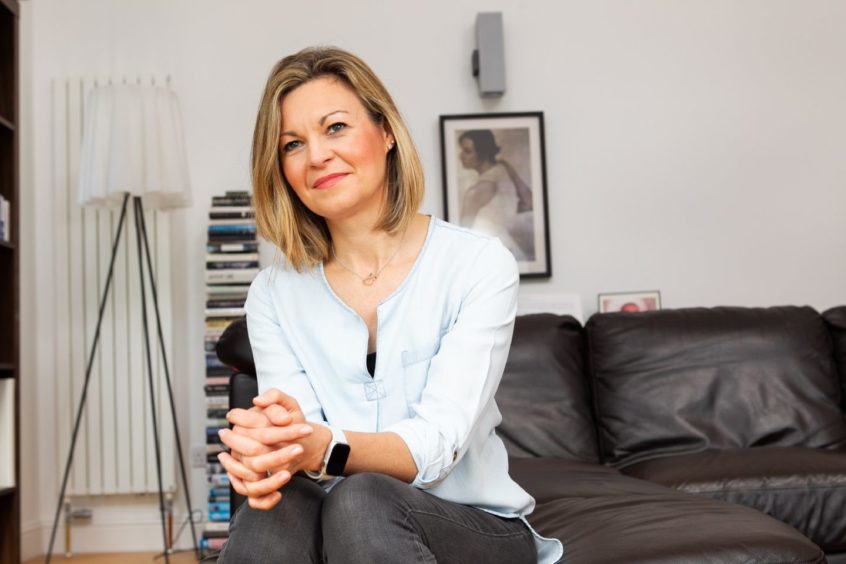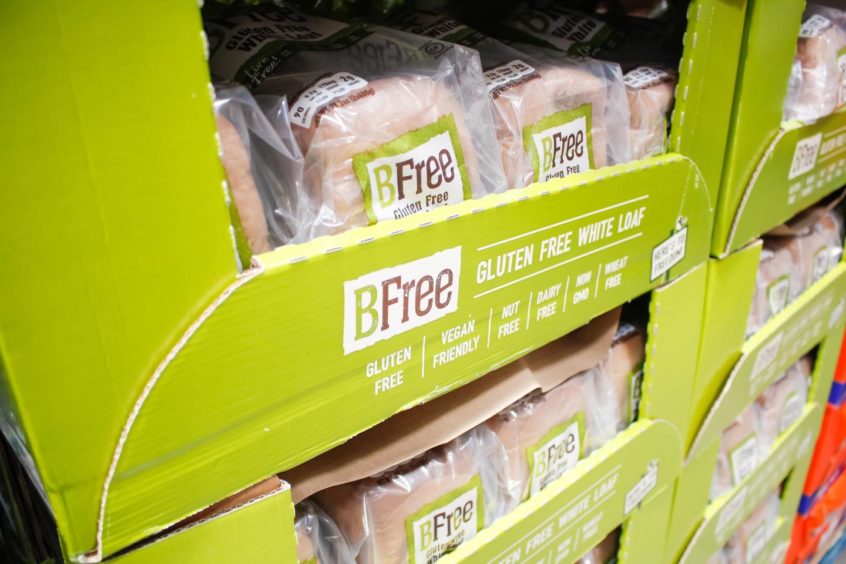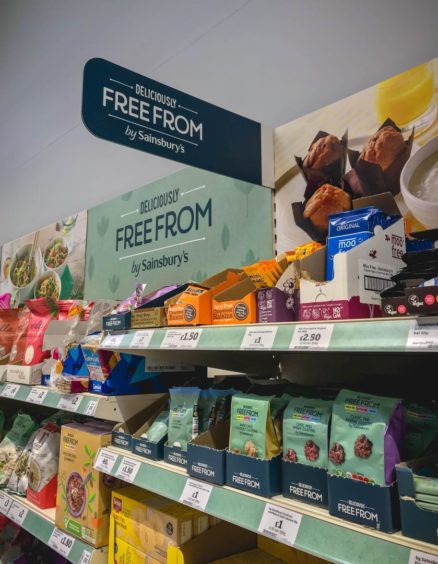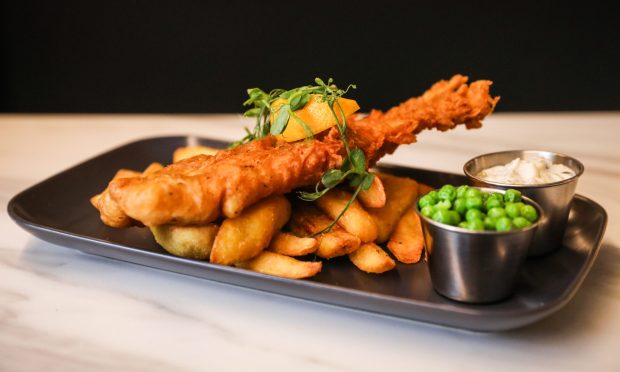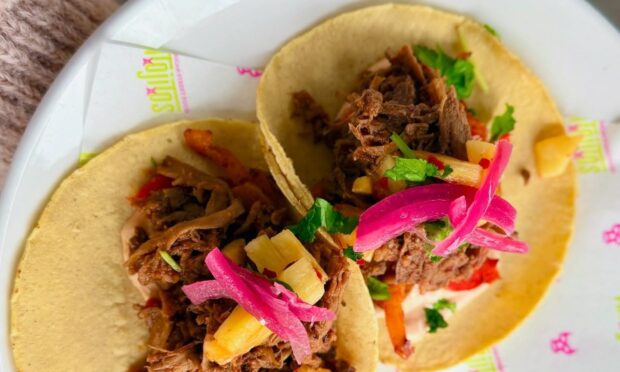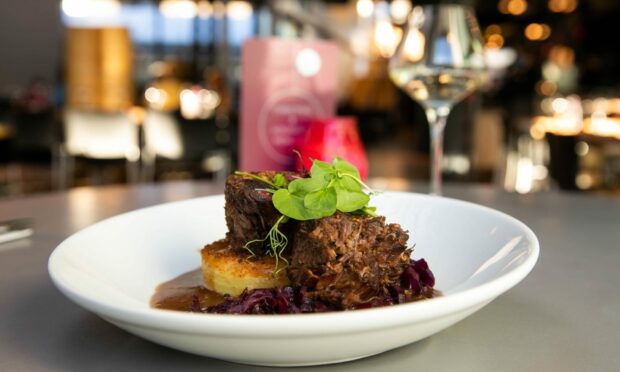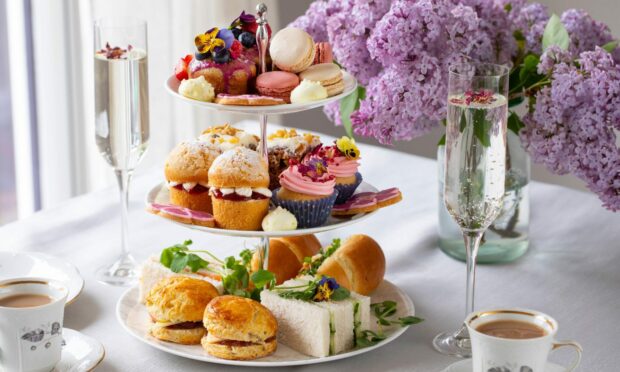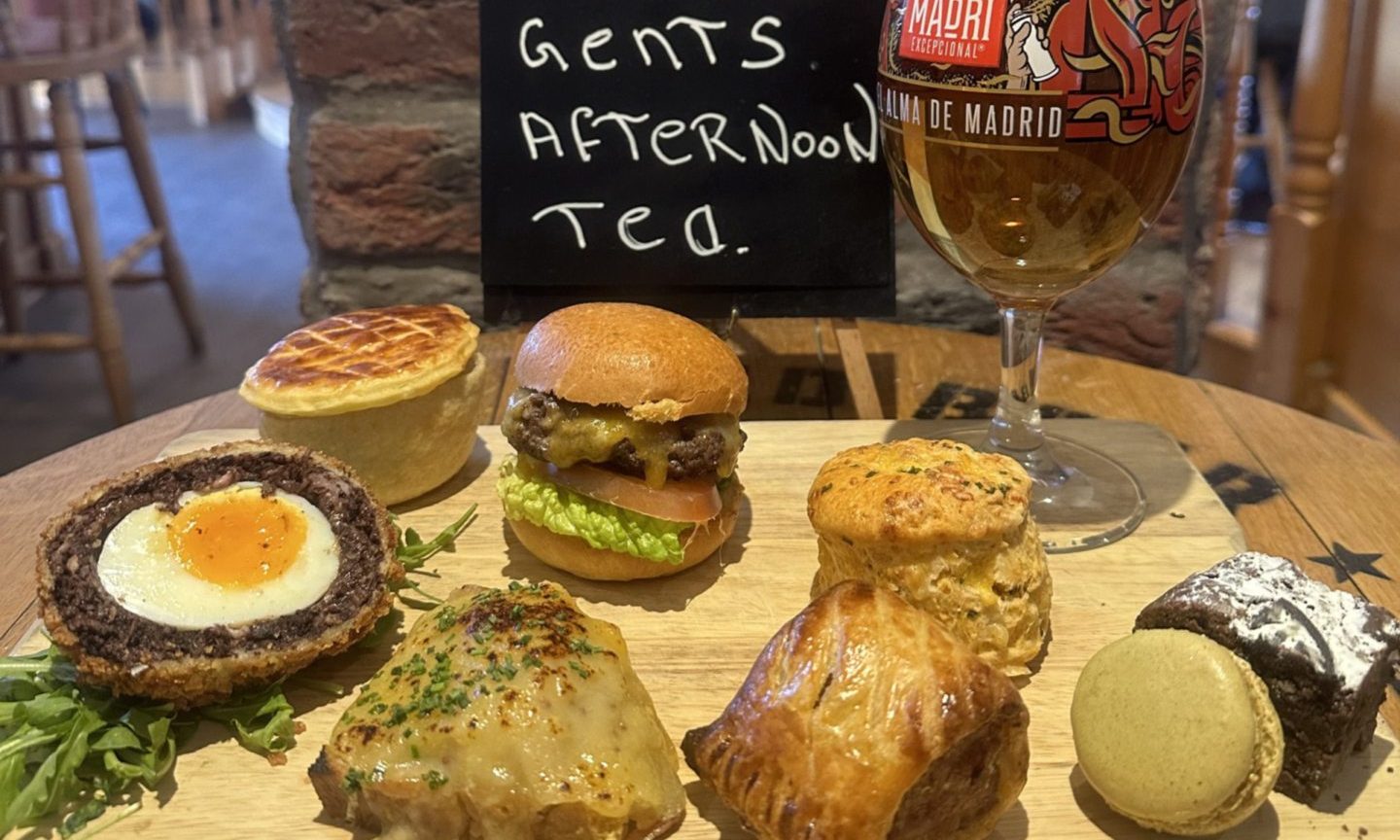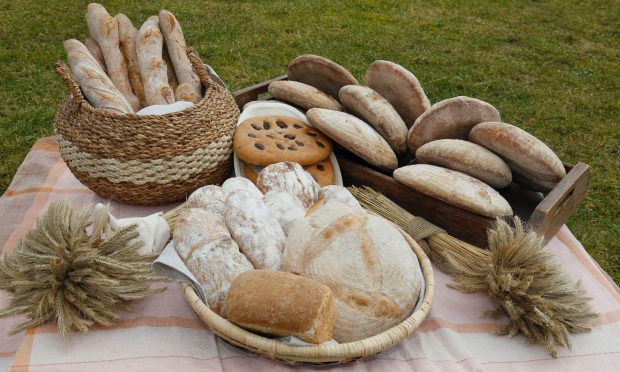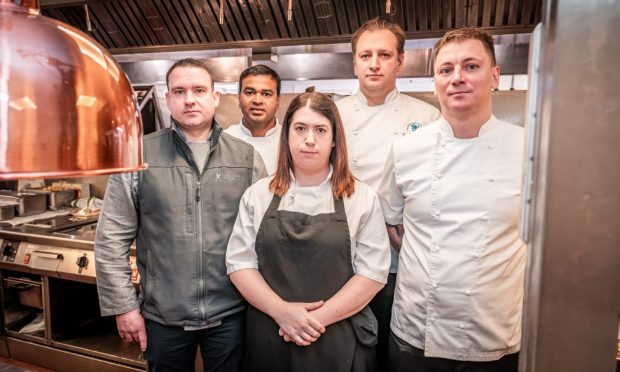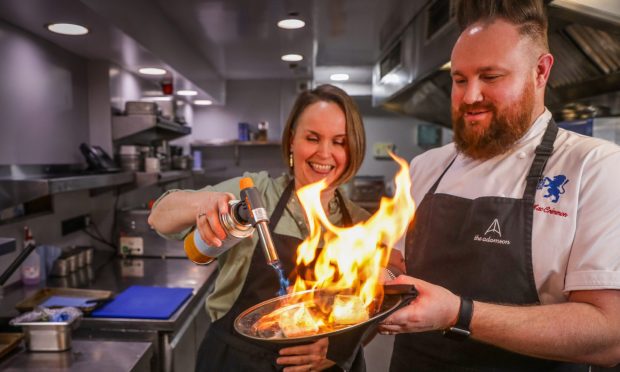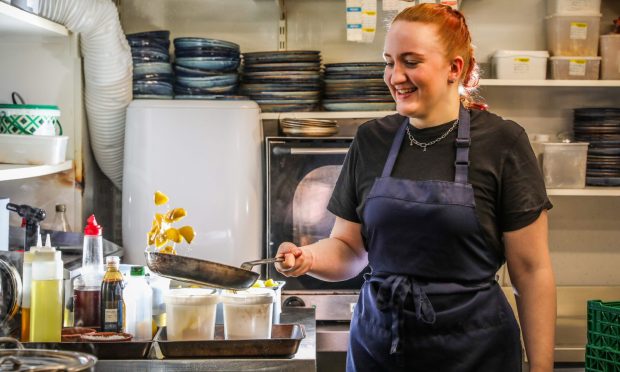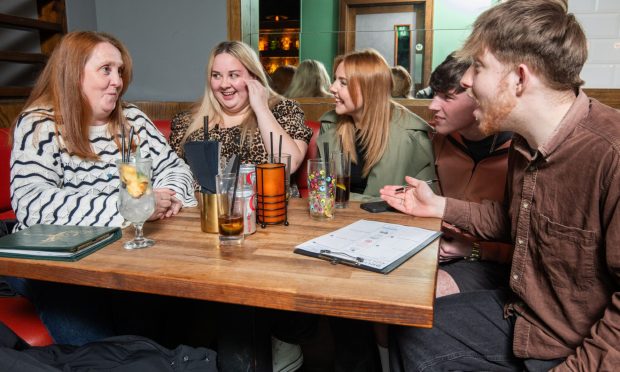As May 10-16 is Coeliac Awareness Week, Rebecca Shearer has spoken to two foodies about how the disease has affected them and what the challenges are when it comes to trying to navigate restaurant menus.
Across Scotland, hospitality opened its doors again to hungry customers on April 26 and, for many, its been a revelation and a joy – being able to have food cooked for them when they’ve spent almost a year locked down in their own kitchens.
But for those who suffer from coeliac disease, an autoimmune illness that causes sufferers to have an allergic reaction whenever they consume food containing or that has been contaminated with gluten, home cooking is often their only option.
As Coeliac Awareness Week takes place across the UK this week, we’ve spoken to two self-confessed foodies who are impacted by the disease in different ways, but face the same challenges as every sufferer of the illness.
Fifteen years with coeliac disease
Rebecca Smith, a 27-year-old paramedic student and registered nurse from Angus, has been coeliac for 15 years and has found a love for home-cooking that she has had to develop to give herself more variety when it comes to food.
She said: “I’ve had my diagnosis for 15 years. I was only 12 when I was diagnosed and it made me want to be able to cook for myself. I don’t want to be restricted so I learned to cook and took cooking at school and if I couldn’t buy something I wanted I would make it myself.
“When I was first diagnosed, before it was big in shops, you got some food from the GP but I was making my own pasta and pizza to try it out. So I would say it made me want to cook more for myself.”
Eating out in restaurants is often a challenge for many people with coeliac disease, with several establishments not always offering a gluten-free alternative. There also isn’t a lot of awareness when it comes to cross-contamination, says Rebecca.
She added: “One of the biggest challenges I face when eating in restaurants is education. When eating out, there are some places that are great but then there are others that just don’t seem to get it still. Cross contamination is still an issue in some places, and there just seems to be no knowledge around it when I ask what I can have to eat, usually ‘a baked potato’ is the answer I get back.”
Shift towards vegan
With restaurants posing one challenge to those who have to manage the disease daily, the offering in supermarkets can often pose another, with many who suffer from coeliac disease finding that a lot of focus in recent years has shifted towards a vegan lifestyle instead.
Rebecca continued: “There’s a lot of gluten-free stuff, I’ve noticed, that’s been taken off the shelves in the shops in favour of vegan food. There are some things that I go to the shop to get and I just can’t find it because now the vegan section has taken over more of the space usually dedicated to gluten-free.
“I think some supermarkets here do better than others when it comes to gluten-free food, though. I think Sainsbury’s and Morrisons are the best, but in the town I live in we have a Tesco and Asda. Though they have some things and Asda has been great with reducing the price of the flour and pasta to normal food prices, Morrisons and Sainsbury’s still kind of pip it to the post with their stuff.
“I think there could be more awareness out there. Obviously when I was first diagnosed, nobody knew anything about it. It was really difficult but I think it’s good now because there is more awareness about it, but I also think people don’t realise the seriousness of it, almost. I think they just think of it as ‘just a bit of gluten’ but they wouldn’t know that if I was to have that ‘bit of gluten’ I would be violently sick.
“I think some people also confuse it with being vegan, like coeliac is a choice or lifestyle, but it’s actually a lot more than that.”
Travelling abroad with coeliac disease
Travelling abroad can also be a hurdle that coeliac disease sufferers have to overcome and Rebecca reveals that she has to do an extensive amount of research before travelling in order to manage the disease while abroad.
She said: “I’ve been abroad to quite a few places with my diagnosis, mostly in Italy, which was amazing. The key thing for me is to do research before so I always know where the gluten-free restaurants are before I go. If I find another one while I’m there, then it’s a bonus.
“I’ve been to Rome about five times, so I know where the places are there. Venice and Milan were places I also researched before. I would actually say the best place to be with a gluten-free diet is in Italy – I managed to get pasta, pizza, and I went into a supermarket and got gluten-free profiteroles for the first time in 10 years.
“They were doing so much more before Britain even was. I first went there in 2010 and in their gluten-free section of their supermarkets, they had cakes and everything that we just didn’t have in this country. They are far ahead of the times over there.
“Going into restaurants there I was also able to get food that I would never have got over here. Then in Prague they had a restaurant that was completely gluten-free and that was really good.
“Though I think if I hadn’t done my research before, I think I would struggle. Don’t get me wrong, I came across a restaurant in Rome that was next to the Vatican that did gluten-free pizzas. I hadn’t researched it before, I just happened to come across it, and it was one of the best pizzas I’ve ever had. But I’d never go somewhere without researching as I’d always want that safety net.”
Mother with a coeliac son
Meanwhile, Clare Johnston, a journalist in Edinburgh and a mother of two has a 14-year-old son who was diagnosed with the disease in 2019. To make it easier for him, the whole family tries to stick to a gluten-free diet at home, though she finds it especially difficult with her son having received the diagnosis at such a young age.
Clare said: “Our whole family, more or less, has to follow a gluten-free diet in the house because one of us has been diagnosed with coeliac disease and I have a niece who has it too, so family gatherings are always gluten-free.
“What I didn’t want to do was buy things like packets of Oreo cookies and everything that my son with coeliac adores and have him look at those things every day in the house and know he can’t have it.
“It’s been about a year and a half since he was diagnosed, as I think it was in October 2019. It was really difficult for him to get a diagnosis and know that a lot of the things that he loved were off limits. So, rightly or wrongly, we did agree with his doctor that, because he’s a teenage boy, every now and then he can have a glutinous treat. That is what makes it bearable for him, so from time to time he has a McDonald’s or a Krispy Kreme doughnut.
“Otherwise, we’re pretty much gluten-free in the house, which means we have to cook a lot more and think a lot more about what we’re eating. But, in the main I’ve got to say that all of the stuff that he loves, like spaghetti Bolognese and even pizza, you can make them all gluten-free just as easily.”
Food on prescription
People who have been diagnosed with coeliac disease are entitled to get a certain amount of gluten-free food on prescription, though a lot of this is limited.
Clare adds: “You get a long list of items of things such as pasta, bread, real basic things. When you’re first presented with this list you think ‘I don’t know any of these products, what do I pick?’ so I went for the pastas etc.
“Then, we put in an order every month, but over time I started ordering this multi-purpose white flour mix. The one I prefer is from Glutafin from Schar. You can substitute it for anything – you just take any recipe that requires flour and use this in roughly the same quantity, and it does a brilliant job.
“It’s great stuff that I never would’ve known about before. I get enough of that with the monthly order to keep me going but I looked to see if you can buy it outwith the prescription we get it on and it was £10 on Amazon! I’ve looked at quite a lot of sources of it and it’s really expensive. That’s what you’re up against when eating gluten-free – stuff is so much more expensive.”
Similarly to Rebecca Smith, Clare finds it difficult to manage her son’s diagnosis when the family are eating out in restaurants, with supermarket options also proving to be a source of frustration.
She continued: “We have to really think ahead when we’re going to restaurants. We have a few favourites where we know that we can order gluten-free really easily, Wagamama for instance is a favourite, and there’s a gluten-free dish that my son enjoys there. But it does limit you.
“Most things we get in the supermarket and I find it a wee bit frustrating in that there’s a gluten-free section. If you go to the big supermarkets then they will have a reasonable amount of choice in the gluten-free section, but what I would prefer is, just like when I do all the rest of my shopping, it would be easier if they had a gluten-free pizza option in with the rest of the pizzas.
“The same with bread and pasta – that would be a better way of doing it and I suppose it would encourage the stores to ensure there is a gluten-free option for every choice.
“I also find cereals a bit disappointing, for instance the big stores will do a gluten-free Rice Krispies but the local Tesco don’t have that in their gluten-free range. Rice Krispies are like an everyday basic cereal, so why have they got chocolate pops instead? It’s maybe due to demand but things like that annoy me a bit, that you can’t just get the basics at the local shop. Thank goodness that chocolate and ice cream are gluten free!”
More to be done
Also, when it comes to awareness of the disease, Clare feels that more needs to be done, especially in restaurants.
She said: “There’s probably not enough awareness out there about coeliac disease. I’m sure when my son was diagnosed, the dietician seemed to suggest to me that a lot more people had coeliac disease than had actually been diagnosed. So I think there could be a bit more awareness of it on that level.
“I think a lot of people have heard about coeliac disease by now but if you asked people about what happens they’ll probably say it’s an allergy and not be aware it’s actually an auto-immune condition.
“More awareness about it might encourage more people to seek a diagnosis and then might lead to others being more aware about what they put on their menus. Most restaurants, to be fair to them, do have a gluten-free option, but for kids that’s not always ideal.”
